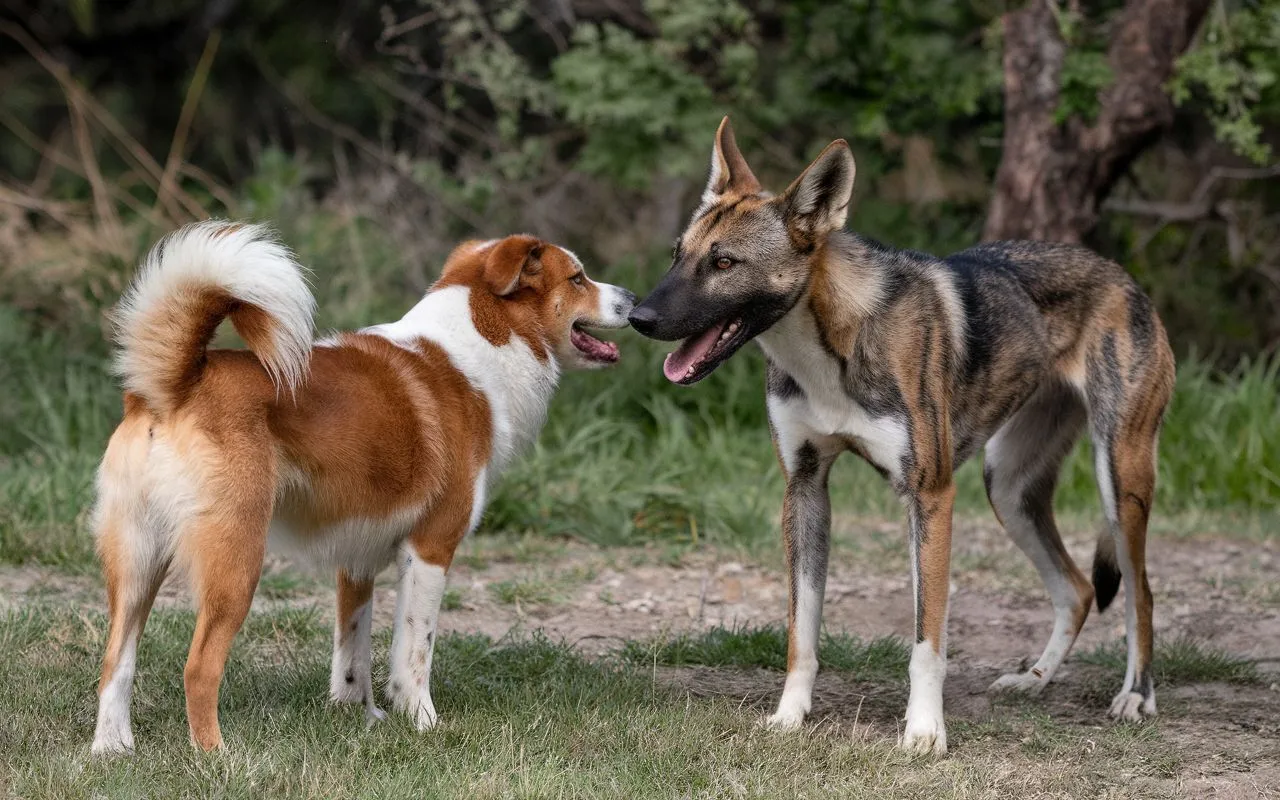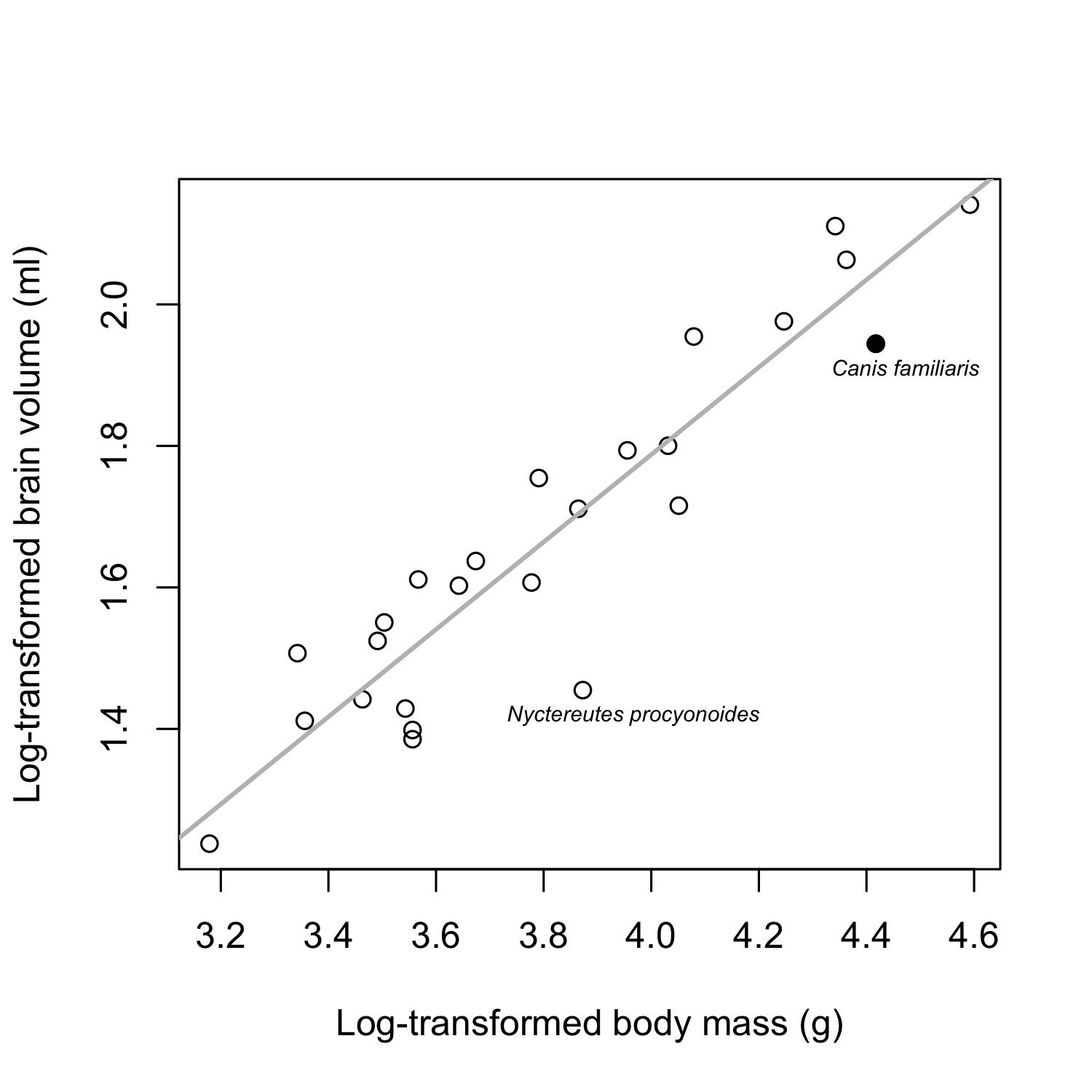Does domestication really influence the brain size of dogs?
Follow us on Google News (click on ☆)
For a long time, scientists have argued that domestication reduces brain size in domesticated animals. A recent study challenges this hypothesis by comparing the brain sizes of dogs with other canids, showing that domestication may not be the determining factor.

The study, conducted by researchers from the Institute of Ecology and Botany in Hungary and Stockholm University, uses a phylogenetic approach to compare the brain sizes of 25 canid species. Contrary to popular belief, domesticated dogs do not have an exceptionally reduced brain size compared to other canids. This suggests that domestication may not be as unique an evolutionary force as previously thought.
The idea that domestication leads to a notable decrease in brain size is based on the notion that domestic life eases selective pressures such as foraging for food and avoiding predators. However, by comparing brain and body data from domesticated dogs with that of other canids, researchers found that the brain sizes of dogs generally fall within the expected range for the species studied.
Among the intriguing findings of the study, the raccoon dog (Nyctereutes procyonoides) stands out for having an even more pronounced brain reduction. As a hibernating species, this canid exhibits a much smaller brain size, highlighting that ecological adaptations such as hibernation can also play a crucial role in brain size reduction.

Allometric relationship between brain and body size in canids.
Points represent species-specific estimates of body mass and brain volume observed in 25 canid species. The line defines the expected relationship between these two factors according to the evolutionary model. The domestic dog is highlighted by a solid dot representing the average trait values of 11 ancient breeds.
The species Nyctereutes procyonoides is identified as a hibernating animal with the smallest brain size relative to its body size.
Credit: Laszlo Zsolt Garamszegi. Biology Letters (2024). DOI: 10.1098/rsbl.2024.0336
In conclusion, while domestication does have an effect on brain size in dogs, it should not be seen as an exclusive evolutionary factor. Other ecological and evolutionary pressures may also play a significant role, inviting us to reconsider our understanding of brain evolution in mammals.